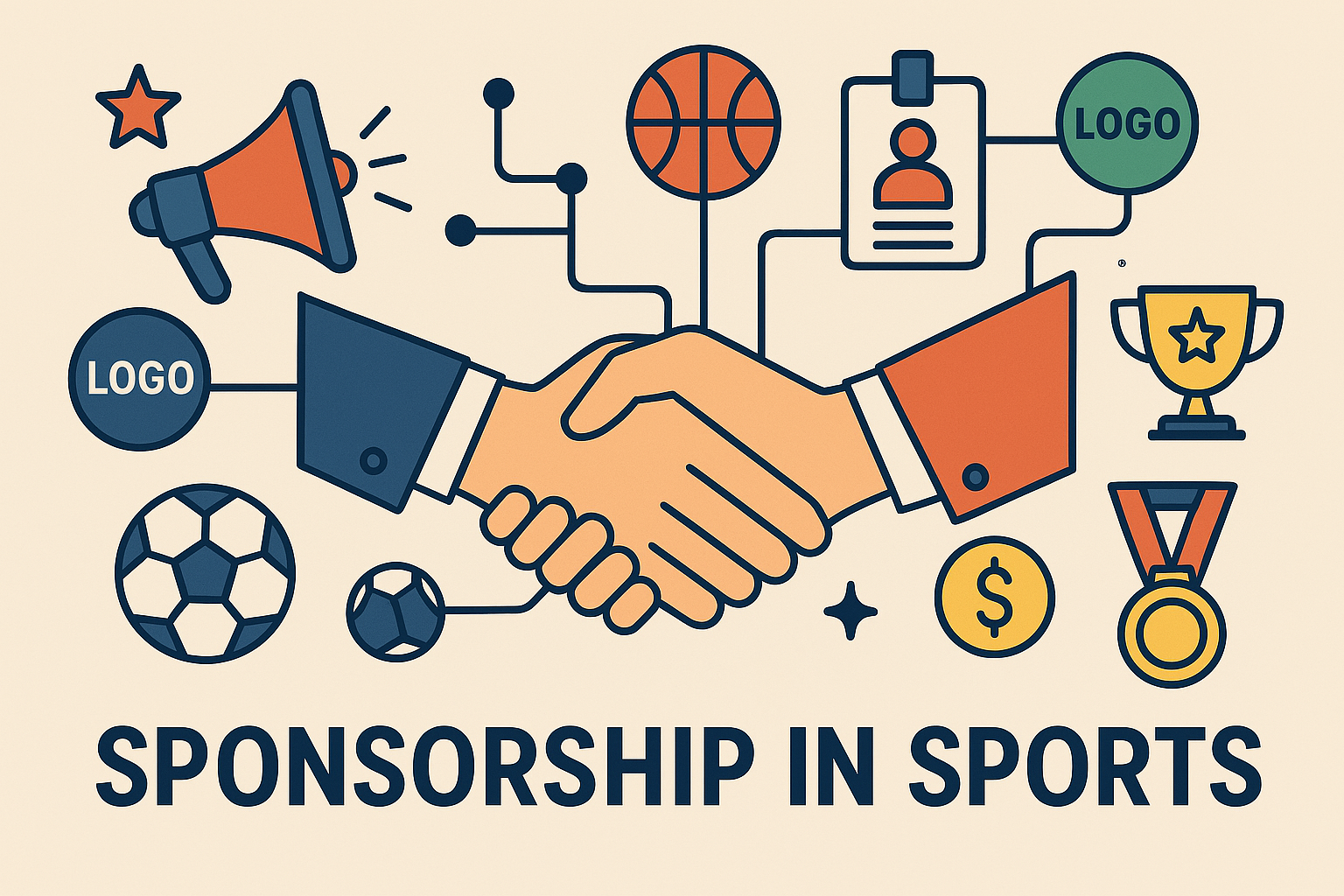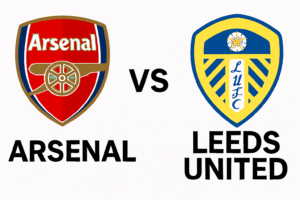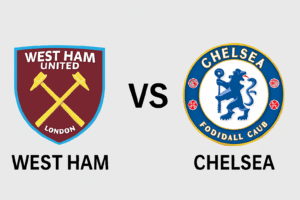
In pro sports, sponsorships are the oxygen that feeds teams, athletes and leagues, providing money and exposure in a mutually beneficial partnership. Knowing the details of these deals helps give insight into how games remain on TV, athletes remain outfitted, and fans remain engaged.
Why Sponsorships Matter at the Big Stage
The giant jumbotron, team jerseys covered in logos, or that halftime show sponsored by a global brand these are all examples of Sponsorships. For sports organizations, they provide meaningful money, often more than ticket sales, to pay the expenses, infrastructure and talent. For brands, they provide widespread exposure to and emotional connectivity with fans.
Origins and Categories of Sponsorships
1. Individual Athlete Sponsorships
Personal sponsorship is when an athlete publicizes gear or a brand and may receive financial sponsorship, or equipment. For example, Nike’s partnership with LeBron James is an example of personal sponsorship.
2. Team & League Sponsorships
Teams enter into these agreements to post logos on uniforms or pre-existing displays within the arena, field, or broadcast. For example, Major League Soccer charges $2–5 million a year for the front uniform spot, and sleeve branding options for top teams.
3. Event & Broadcast Sponsorships
Major events from the FIFA World Cup to the Super Bowl receive broadcast sponsorship to build their economic power. For example, in 2006, FIFA brought in roughly €700 million in revenue in corporate sponsorship opportunities.
Mechanics: How Sponsorships Get Done
Finding Fit
A successful deal is built on fit in both values and audience.
Negotiation and Deal Structure
Contractual documents outline rights and obligations.
Activation and Fan Engagement
Brands activate their involvement through promotions: free sampling booths, contests, social media challenges, and behind the scenes content production that further engages fans.
Measuring ROI
Sponsors are measuring the value of their partnerships better than ever using analytics measuring media impressions, sentiment, social engagement, increases in sales, and more.
The Digital Revolution in Sponsorships
Social Media Amplification
Due to the continued rise of Instagram, TikTok and others, brands can push the envelope and get fans involved through interactive content and influencers well beyond stadiums.
Data Driven Impact
The leagues are more often embedding analytics into their league business models to enable brands to measure engagement, adjust campaign execution in real time, and to measure the true ROI.
Virtual Assets and Immersive Media
Deals now include digital properties, NFTs, AR activations, loyalty incentives, and virtual fan experiences that are all measurable and scalable.
Financial Landscape: Studying Sponsorships by the Numbers
International Market Size
Investment in sports sponsorship is expected to leap from $63 billion in 2021 to $109 billion by 2030, as brands pursue more immersive exposures.
Revenue Examples
- New NBA teams generate $1.6 billion per year from jersey patch and related deals, a rise of 91% over five years (some front jersey spots are valued at $5m–$10 million each).
- The UK Women’s Super League generates approximately $14m per year from sponsor support.
- The 2006 FIFA World Cup generated approximately €700m from event sponsorship alone.
Emerging Trends in Sponsorships
Women’s Sports Increasingly Supported
Brands are investing in women’s leagues like the WNBA and NWSL in numerous industries including personal care and fertility services because of increasing viewership.
Ethical and Controversial Deals
Fossil fuel companies have invested $5.6 billion in sports partnerships, which has prompted some individual and institutional investors to engage in “sportswashing” by disassociating from fossil fuel companies, echoing social feelings surrounding past tobacco deals.
Tech Driven Activation
Innovative deals now involve virtual events, active and engaging AR experiences, clean room analytics and personalized advertising based on viewer data as brands engage with fans in new ways.
Challenges of Sponsorships
Cost
Support from high-profile sponsorship can cost tens of millions in a year. This amount of money is beyond the financial capabilities of many smaller brands or leagues.
ROI
It’s difficult to measure direct and indirect impact of partnership compared to brand value things such as aligning with a new model audience, community engagement, consumer attitudes and behaviors; even the channels of consumer engagement are important because they limit ROI members to some degree through gatekeeping.
Brand-Team Fit and Reputation Risk
Equally important to brand value is the activity the brand has associated with scandals, controversy, and misaligned sponsorship, thus paying attention to alignment and ethical considerations is extremely important.
Best practices in Sponsorships Strategy
Align on Values
When establishing brand partnerships consider those that are aligned with your organizational culture, followers and consumers. An energy drink could easily support extreme sports, and finance could have no issue endorsing women’s leagues.
Activate with Purpose
There is considerably more to deals than logos on sleeves as successful activation (the events, interactive media, hospitality etc.) is a part of making the deal more memorable.
Measure through Indices, if Possible, use social, digital, loyalty and clean room data to deliver insights.
Play the Long Game
Sponsorships that have lasted for several years, like Coca Cola and the Olympics and Adidas and Manchester United, build trust, comfort, and prolonged positive R.O.I.
Real World Outcomes of Sponsorships
- Coca Cola and the Olympics: A partnership that has endured for almost a century that reinforces global connection and brand-consistency.
- Nike – Jordan partnership: Changing the eco system of sports partnerships into the invention of a standalone product called Air Jordan.
- NBA jersey patch deals: Have brought in millions of dollars and allowed the leagues to diversify their income.
- Women’s sport brand deals: Companies like M.M. LaFleur are using these deals to access a growing female audience.
What Will Sponsorships Look Like Tomorrow?
We expect sponsorship in sport to be increasingly participatory, digital, and socially conscious- with NFTs, how AR is integrated into broadcasts, equity investment partnerships, and checks for ethical practices to help engage fan and community relationships.
Final Thoughts
Sponsorship in sport provides the hidden engine that propels athlete earning, team operation, broadcasting quality, and fan experience. As partnerships become technically digital, data/information-driven and purpose led/responsible, the brands and sports organizations that create new ways to add value and engagement by marrying imagination, alignment and measurement will earn the right to shape the next generation of this relationship.




